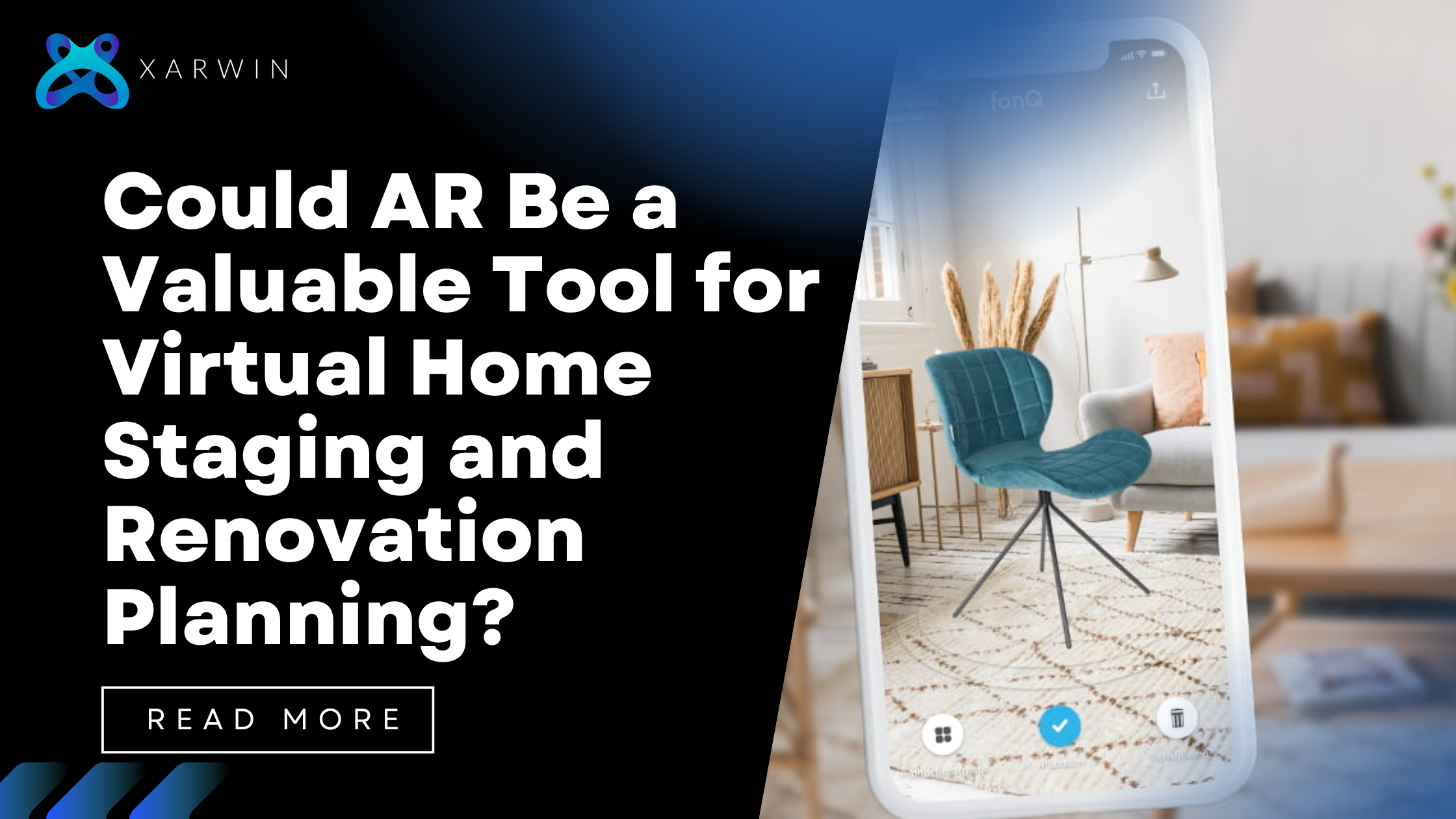Unlike Virtual Reality, which offers a standalone experience, augmented reality, with its ability to digitally overlay content onto the physical world, has the potential to enhance live theatre performances in ways previously thought impossible, by introducing new immersive, interactive, and narrative dimensions. In this blog, we delve into how augmented reality can actively engage audiences in live theatre and foster innovation and attendee participation.
Blending Reality and Fantasy
At its core, live theatre thrives on the suspension of disbelief, transporting audiences into the world of the narrative unfolding before them. Augmented reality enriches this experience by seamlessly blending the boundaries between reality and fantasy. Imagine attending a Shakespearean play where the set comes to life with digital projections, creating dynamic backdrops that shift and transform with each scene. Through AR, audiences can witness ancient ruins rise from the stage floor, mythical creatures roam the aisles, or ethereal landscapes stretch beyond the confines of the theater walls.
By integrating AR elements into set design, props, and costumes, live performances can achieve unprecedented levels of visual spectacle. Actors can interact with virtual objects, summoning magical effects or conjuring illusions that defy the constraints of traditional stagecraft. The result is a heightened sense of wonder and immersion, where the physical and digital worlds coalesce to transport audiences on a journey beyond imagination.
Interactive Storytelling
One of the most compelling aspects of augmented reality in live theatre is its potential for interactive storytelling. Unlike traditional theatre, where the audience is merely a passive observer, AR empowers spectators to actively engage with the narrative unfolding before them. Through mobile devices or wearable AR glasses, viewers can unlock hidden layers of the story, uncovering additional plot points, character backstories, or alternate endings.
For instance, imagine attending a mystery play where audience members are tasked with solving clues scattered throughout the theatre using their AR-enhanced devices. As the plot thickens, spectators collaborate in real-time, piecing together evidence and unravelling the mystery alongside the characters on stage. This interactive experience not only fosters a deeper connection between the audience and the story but also encourages repeat viewings as participants seek to uncover new layers of the narrative with each performance.
Personalised Experiences
In a world where personalization is increasingly valued, augmented reality offers a means to tailor live theatre experiences to individual preferences. Through AR-enabled devices, audience members can choose their adventure, selecting which characters to follow, which storylines to explore, or even which perspectives to inhabit. This level of customization allows each viewer to craft a unique and personalized journey through the theatrical landscape, enhancing their emotional investment and sense of agency within the story.
Furthermore, AR technology can facilitate real-time translation of the dialogue, subtitles, or audio descriptions, making live theatre more accessible to diverse audiences. Language barriers and accessibility challenges can be overcome through the seamless integration of augmented reality, ensuring that everyone can fully engage with and appreciate the performance regardless of their background or abilities.
Bridging Physical and Digital Spaces
Another exciting application of augmented reality in live theatre is its ability to bridge the gap between physical and digital spaces. Through geo-location tracking and spatial mapping, AR can extend the boundaries of the stage beyond the confines of the theatre, transforming entire cityscapes into immersive theatrical landscapes. Imagine attending a site-specific performance where the streets themselves become the stage, with virtual characters and digital effects seamlessly integrated into the urban environment.
By leveraging AR technology, theatre companies can create truly immersive experiences that transcend the limitations of traditional venues. Whether staging performances in outdoor spaces, historical landmarks, or unconventional settings, augmented reality opens up new possibilities for theatrical expression, allowing artists to redefine the boundaries of live performance in unprecedented ways.
Challenges and Considerations
While the potential benefits of augmented reality in live theatre are vast, integrating this technology into performances is not without its challenges. Technical issues such as device compatibility, network connectivity, and software glitches can disrupt the immersive experience and detract from the overall quality of the performance. Additionally, there are concerns regarding privacy, data security, and the potential for distraction among audience members.
Moreover, the cost of developing and implementing AR-enhanced productions may pose a barrier for smaller theatre companies with limited resources. However, as AR technology becomes more widespread and affordable, these barriers are likely to diminish, opening up new opportunities for experimentation and innovation in live theatre.
Conclusion
In an age defined by rapid technological advancement, the marriage of augmented reality and live theatre represents a bold frontier of artistic exploration. By seamlessly blending the physical and digital realms, AR enhances the immersive power of live performances, inviting audiences on a journey of wonder, discovery, and engagement. From interactive storytelling to personalized experiences, augmented reality holds the potential to revolutionize the way we experience and appreciate the timeless art of theatre. As artists and technologists continue to collaborate and push the boundaries of creativity, the stage is set for a new era of theatrical innovation where the possibilities are limited only by our imagination. The stage is no longer confined to the theatre; it is wherever our imagination takes us, guided by the magical possibilities of augmented reality.
As a trailblazer in augmented reality (AR), Xarwin combines innovation with a user-centric approach to redefine industry standards. Its team of expert engineers, designers, and strategists excels in crafting immersive AR experiences across various sectors. With each project, the company not only meets current demands but also shapes future trends, establishing itself as a leading force in the AR landscape.





